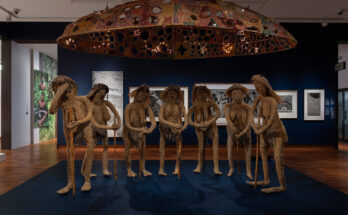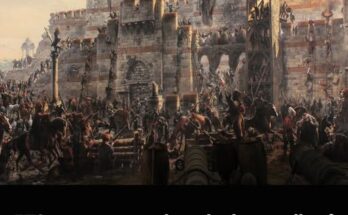Nestled in the breathtaking Bavarian Alps, Neuschwanstein Castle is one of the most enchanting and iconic landmarks in Germany and the world. Its fairy tale-like appearance, rich history, and stunning surroundings attract over 1.4 million visitors annually, making it one of the most visited tourist destinations globally. Commissioned by King Ludwig II of Bavaria in the 19th century, the castle stands as a tribute to medieval romance, artistic grandeur, and architectural splendor. It has inspired numerous stories, films, and even Disney’s Cinderella and Sleeping Beauty castles, solidifying its place as one of the most magical structures ever built.
Historical Background
Neuschwanstein Castle was conceived by King Ludwig II, often referred to as the “Fairy Tale King.” His reign (1864–1886) was marked by an obsession with grand artistic and architectural projects. Ludwig was heavily influenced by the operas of Richard Wagner, particularly those inspired by medieval legends. Wanting to bring these stories to life, he envisioned a castle that would be both a personal retreat and a monument to chivalry, art, and mythology.
Construction of Neuschwanstein began in 1869, replacing the ruins of two earlier castles. The project was ambitious, incorporating Romanesque, Gothic, and Byzantine architectural elements. Despite its medieval inspiration, the castle was equipped with modern technologies of the time, including running water, central heating, and even a telephone system. Unfortunately, Ludwig II never saw its completion. He mysteriously died in 1886, leaving the castle unfinished. Shortly after his death, Neuschwanstein was opened to the public, fulfilling a fate its creator never intended.
Architectural Marvel
Neuschwanstein Castle is an architectural masterpiece that blends Romanesque Revival elements with fantasy aesthetics. Its towers, turrets, and picturesque setting give it an ethereal quality that makes it look straight out of a fairy tale. The castle’s white limestone façade, intricate carvings, and dramatic positioning on a rugged hill add to its breathtaking beauty.
Some of the most notable architectural features include:
- The Towering Spires: The castle’s 98-meter-high towers create a dramatic skyline that enhances its dreamlike quality.
- The Throne Hall: This majestic hall, adorned with golden mosaics and chandeliers, was designed to resemble a medieval cathedral, though Ludwig never placed a throne inside.
- The Singer’s Hall: Inspired by the legend of the Knights of the Holy Grail, this grand hall was meant for Wagnerian performances but was never used for its intended purpose.
- The Grotto: A man-made cave complete with an artificial waterfall, the grotto highlights Ludwig’s eccentric taste and love for fantasy.
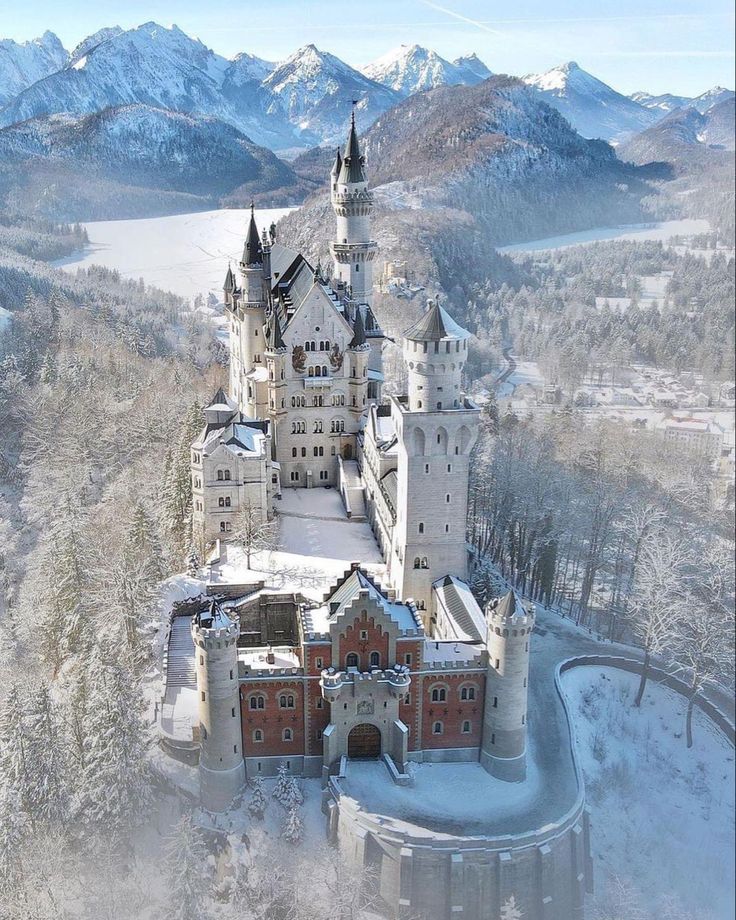
The Castle’s Interior
While the castle’s exterior is known for its fairy tale-like appeal, its interior is equally breathtaking. Neuschwanstein’s rooms are richly decorated with paintings, murals, and furniture inspired by Wagner’s operas and medieval myths.
- King’s Bedroom: The elaborate wood-carved canopy bed and hand-painted walls make this one of the most ornate rooms in the castle.
- The Throne Room: This opulent hall is adorned with golden hues, an elaborate mosaic floor, and a massive chandelier, resembling a grand medieval church.
- The Hall of the Holy Grail: Inspired by Wagner’s opera Parsifal, this hall embodies Ludwig’s romantic vision of chivalry and knighthood.
- The Dining Room: Lavishly decorated with medieval motifs, the dining hall is a testament to Ludwig’s love for grandeur and fine craftsmanship.
Despite being built in an era of industrial progress, Neuschwanstein boasted modern advancements, including central heating, running water, flush toilets, and even a sophisticated bell system for summoning servants.
Inspiration for Walt Disney and Pop Culture Influence
Neuschwanstein Castle has had a profound influence on popular culture. Its most notable impact is on Disney’s Cinderella and Sleeping Beauty castles. The resemblance is striking, and it’s no coincidence that Disney used Neuschwanstein as the primary inspiration for its theme park castles worldwide.
Beyond Disney, the castle has been featured in numerous films, postcards, and travel documentaries. It has become a symbol of romanticized European architecture, often appearing in media that depict fairy tale settings.
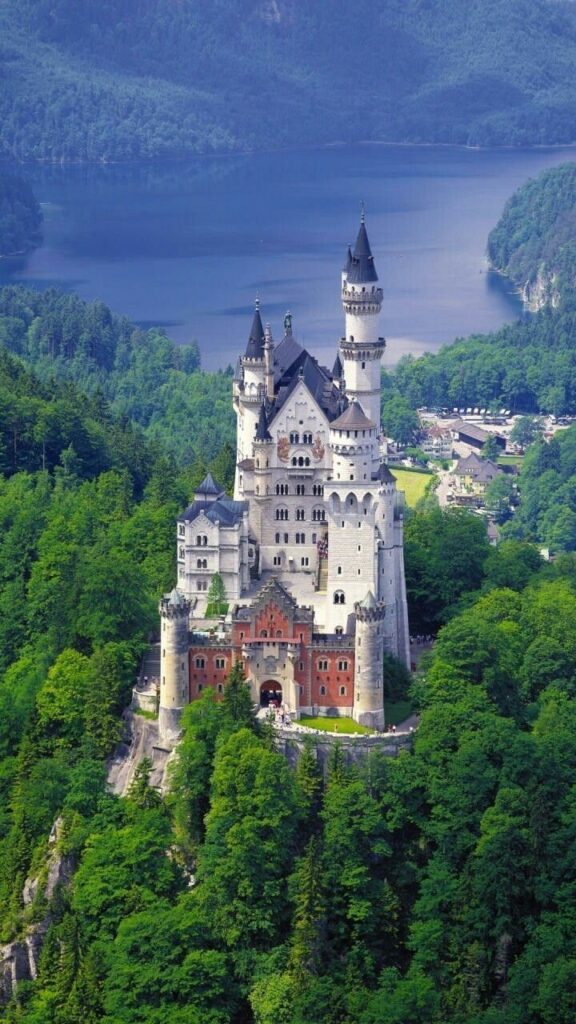
Tourism and Visitor Experience
Today, Neuschwanstein Castle is one of Germany’s top tourist attractions, drawing visitors from all over the world. Located near the town of Füssen, the castle is accessible via Munich, making it a perfect day-trip destination.
- How to Reach Neuschwanstein: Travelers can take a train from Munich to Füssen, followed by a bus to the castle’s base. From there, visitors can hike up to the entrance, take a horse-drawn carriage, or use a shuttle bus.
- Best Time to Visit: The castle is open year-round, but spring and autumn offer the best weather and fewer crowds. In winter, the snow-covered landscape enhances the castle’s fairy tale atmosphere.
- Guided Tours: Visitors must join a guided tour to explore the castle’s interior. Tours are available in multiple languages and provide insights into Ludwig’s vision and the castle’s history.
- Marienbrücke (Mary’s Bridge): One of the best vantage points to capture the castle’s stunning panoramic view is from this bridge, located a short walk from the main entrance.
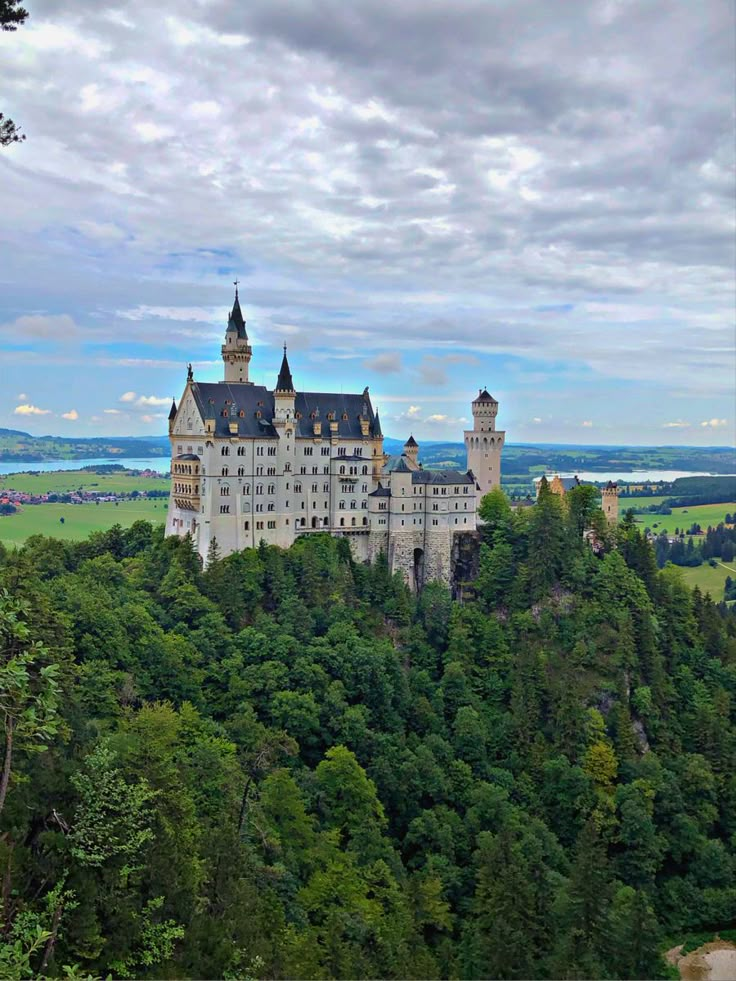
Mystery and Legend Surrounding King Ludwig II
Neuschwanstein’s history is intertwined with the mysterious story of King Ludwig II. He was declared mentally unfit by the Bavarian government in 1886 and was later found dead in a lake under suspicious circumstances. To this day, the details surrounding his death remain a subject of speculation and conspiracy theories.
Some believe Ludwig was murdered to prevent him from bankrupting Bavaria with his extravagant projects, while others suggest his death was a tragic accident. His legacy, however, remains intact, as his vision continues to captivate visitors from around the world.
Neuschwanstein’s Enduring Legacy
Neuschwanstein Castle is more than just a beautiful structure; it represents a dream brought to life. Though Ludwig II did not live to see it completed, his vision of a romantic medieval fantasy has immortalized him as one of history’s most fascinating monarchs. The castle remains a testament to artistic ambition, architectural excellence, and timeless beauty.
For visitors, stepping into Neuschwanstein is like stepping into a real-life fairy tale. Whether admiring the intricate details of its interior, marveling at its striking towers, or gazing at the breathtaking Alpine scenery, Neuschwanstein Castle offers an experience that is truly magical. It stands as one of Germany’s greatest cultural treasures, captivating the hearts of millions and ensuring its place as one of the most visited and beloved landmarks in the world.

